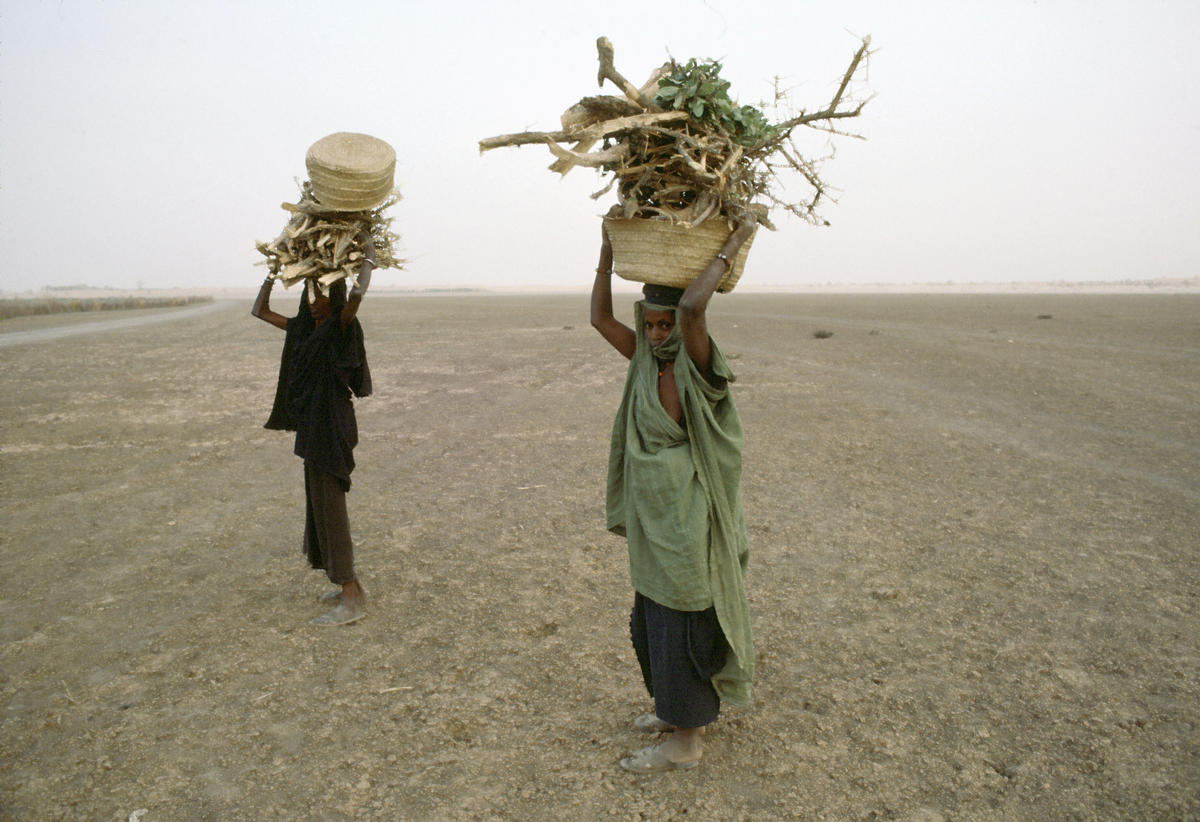“Every dollar spent in reducing the risks can save fifteen in post-disaster recovery costs. Every dollar invested in making infrastructure disaster-resilient saves four that would otherwise have to be spent rebuilding”. The UNDRR‘s key message is frank: it pays to invest in reducing the risks posed by disasters.
An essential step along this journey is acknowledging that there is no such thing as a natural disaster. There are natural hazards that cannot be prevented, such as earthquakes, floods, droughts, and cyclones. But, people can curb their destructive power – in other words, stop them turning into major disasters – through careful and coordinated planning that is designed to reduce exposure and vulnerability to harm.
According to the definition of the same agency, disaster risk reduction (DRR) is the policy objective of disaster risk management, and its goals and objectives are defined in disaster risk reduction strategies and plans. The DRR is aimed at preventing new and reducing existing disaster risk and managing residual risk, all of which contribute to strengthening resilience and therefore to the achievement of sustainable development.
The CMCC has been at the forefront of this issue for years, particularly through the Risk assessment and adaptation strategies research division. The researchers Jaroslav Mysiak and Veronica Casartelli sum up activities, challenges and opportunities in this field of study.
Improvement
First of all, a premise: the approach to DDR involves several areas and actors. According to Jaroslav Mysiak, director of the RAAS division, the first area is improving the climate risk assessment at different levels that means improving data, methodologies and complexity of the risk assessment.
“We are taking a number of initiatives like the European Climate Risk Assessment. We are developing a climate risk assessment based on storylines still unfolding of certain risk scenarios: what might happen and what might trigger a European response and coordinated efforts across the EU member states. But we are also working with the regional authorities to improve the understanding of how regions and cities might be affected, and then with several entities, including specialised small and medium-sized enterprises, on improving climate services. It means looking at how knowledge can be disseminated and putting together specific proposals,” says Mysiak. Among the other projects, the RAAS Division is working on:
- ASPECT aims for the setup and demonstration of a seamless climate information (SCI) system with a time horizon up to 30 years, accompanied by underpinning research and utilisation of climate information for sectoral applications.
- CLIMAAX will provide financial, analytical and practical support to European regions, allowing for an improvement of regional climate and emergency risk management plans. It is designed to significantly contribute to the harmonisation and consolidation of the practice of climate risk assessment, leaving a substantial legacy for upcoming European initiatives.
- CLIMATEUROPE2 will identify the support and standardisation needs of climate services, including criteria for certification and labelling, as well as the user-driven criteria needed to support climate action. The information will be used to propose a taxonomy of climate services, suggest community-based good practices and guidelines, and propose standards.
Innovation
“The second area that we are working on is innovation in the type of solutions that can be applied to reducing risks. And this is, for example, exploring how nature-based solutions could be invested in sooner, how to further involve insurers, and what innovations novel climate knowledge might allow for. There are many solutions including simplifying data and reducing transaction costs or further incorporating climate predictions. So, businesses are including these types of innovations in climate risk design and language and, eventually, marketing,” Mysiak explains. Among the other project, the RAAS Division is working on:
- Invest4Nature aims for the development and test of a novel methodological approach to evaluate the benefits of NBS incorporating uncertainties associated with climate risks and impacts. It will establish economic evidence on the costs and benefits of NBS compared to grey infrastructure solutions. Moreover, it will characterise and consolidate innovative financing options, business models and economic leverage for NBS markets.
- NATURANCE will establish a “network of existing networks” by connecting existing major knowledge networks and fostering cross-domain knowledge sharing and collaborative marketplace for innovative nature-based insurance and investment solutions.
- PIISA aims to develop and deploy a range of insurance innovations that incite households and firms to adapt proactively and sufficiently for their own sake and their neighbourhood’s sake. The project co-develops climate resilient insurance portfolios and develops solutions for sharing losses and climate risk data.
Governance
Regarding the third area, “Disaster risk governance is the system of institutions, mechanisms, policy and legal frameworks and other arrangements to guide, coordinate and oversee disaster risk reduction and related areas of policy,” says Veronica Casartelli, researcher in the RAAS division.
Casartelli works on governance of disaster risk, risk management capabilities assessment and science for policy. According to Casartelli, risk assessments are the grounds on which governance has to be built because they provide the knowledge of present and future risks. Bringing scientists closer to policy makers – and vice versa – is part of the game.
“We need to close the existing gap at the science-policy interface. We often hear that politicians don’t listen to scientists and sometimes it may be true. But, at the same time, the researchers must try harder to be pragmatic and understand the needs and the timing of politics and practitioners, as well as adopt a more comprehensible language”
suggests Casartelli. Efforts from both parts is needed to design a transformative agenda. Indeed, the risk landscape has significantly changed in recent years, and further changes are expected in the near future – both in the range of risks themselves, and in society’s capacity to manage them.
“The adaptation of governance to emerging systemic risks is one of the most important challenges. Natural hazards and related disasters, increased in magnitude and frequency by climate change, are just one piece of a larger puzzle, which includes non-climatic drivers and social justice considerations,” Casartelli adds.
For this reason, governance has to evolve, adopting a whole-of-society approach (to engage public authorities, civil society organisations, research and academia, the private sector and the general public) as well as a whole of government approach (to foster collaborations across public authorities involved in disaster risk management at the different territorial levels).
A multi-risk perspective which considers cascading effects and cross-sectoral linkages is also key to enhance disaster resilience. The RAAS Division has a portfolio of initiatives and projects addressing these subjects, including:
- The objective of PEERS is to support The European Commission (DG ECHO – Directorate General for European Civil Protection and Humanitarian Aid Operations) in implementing, over a period of 54 months (2020-2024), a programme of peer reviews targeting a few countries wishing to have their disaster risk management/civil protection system reviewed.
- MYRIAD-EU will co-develop the first harmonised framework for multi-hazard, multi-sector, systemic risk management. It will provide a set of practical guidelines for carrying out a multi-risk assessment, formalised in guidance protocols for policy-makers, decision-makers, and practitioners.
- RescueME will develop, test and demonstrate the effectiveness of an Actionable Framework based on the Resilient Historical Landscape approach complemented by data, models, methods, and tools able to assess risks and opportunities. It co-develops inclusive and just resilience strategies and innovative solutions to protect European cultural heritage and cultural landscapes from climate change, disaster risk, as well as other stressors.
Picture by John Middelkoop via Unsplash.






